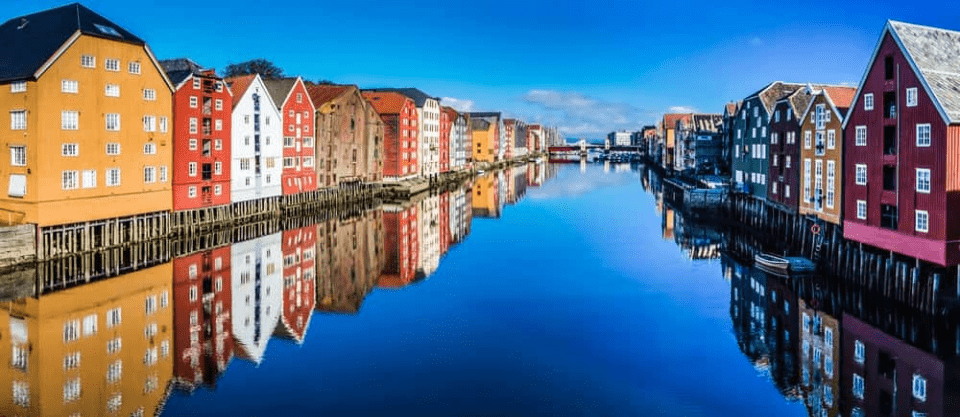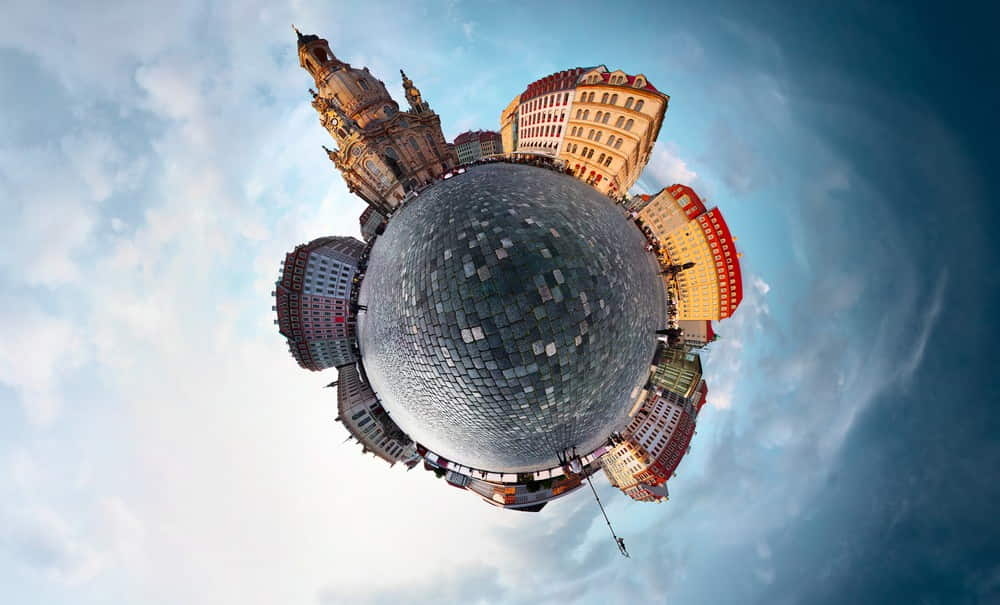
Panorama Photography
A panoramic image depicts an angle of view which is significantly wider than the one that is typically captured in one exposure. Panoramic photos are the height of professional imagery as they add a sense of time and location and give the viewer a super wide view of the subject. Due to the digital transition, it has become increasingly easier to create this style of imagery, whether it’s through a mobile phone or a DSLR camera.
In order to make a panorama, you take several shots that capture overlapping sections of a scene; then you use post-production software such as Adobe Bridge or Photoshop to effortlessly mesh these sections together. Most point and shoot cameras now come with automatic panoramic modes. On the majority of models it will firstly display the most recent picture taken, and then give you the option to choose the proceeding photo and mesh them together. It indicates to the camera to not change exposure settings in between shots to ensure a natural panoramic. This helps create even lighting through all the pictures, which makes stitching them together more seamless. As with many styles of photography, there are various different types of panoramic imagery; the cylindrical, spherical and the more modern little planet panoramas. Our online photoshop course covers more about post production software and its usage in panoramic captures.
Cylindrical panoramas are created by rotating your position 360°, they can be taken from an inner or outer position to give either an idea of the photographer’s perspective at the place of shooting or an external perspective of the landscape.
Spherical panoramas are multiple shots seamed together to form a three dimensional spherical perspective. This can be done by shooting the subject’s front, back, left, right, up, and down side. These images should be put together to form a hollow ball, with the images inwards, thus giving the viewer a sense of being inside a hollow sphere. This can also be achieved by the use a fish-eye lens or a conventional lens to shoot numerous photos, and then piece them together for a whole composition via special software.
Little Planet or “stereographic projection” can be made from the previous two forms of panoramas and edited them through a filter effect in Photoshop, to give create an unusually interesting image that looks like a little planet shot from above using a fisheye lens. Examples of this photographic art can be seen here;
 There’s something about the shape or aspect ratio of panoramic photographs that always makes you stop in your tracks in order to take a closer look. It is becoming more common in photography and within digital media. Most notably virtual touring and mapping websites are using them in order to give online viewers the sense of being at a location without physically being there. Panoramas help engages your viewer as they are more interactive and place the almost place the viewer within your work, which is essential in increasing your skillset and separating your work from the rest.
There’s something about the shape or aspect ratio of panoramic photographs that always makes you stop in your tracks in order to take a closer look. It is becoming more common in photography and within digital media. Most notably virtual touring and mapping websites are using them in order to give online viewers the sense of being at a location without physically being there. Panoramas help engages your viewer as they are more interactive and place the almost place the viewer within your work, which is essential in increasing your skillset and separating your work from the rest.
Looking to sharpen your photography skills? Join our top-rated professional photography course today!




